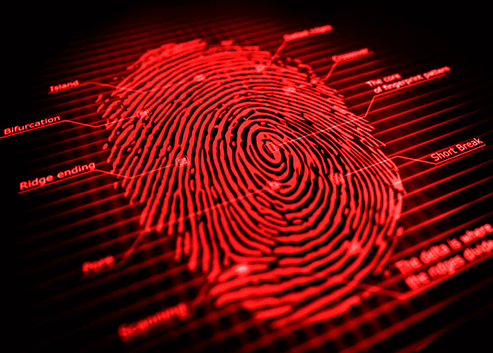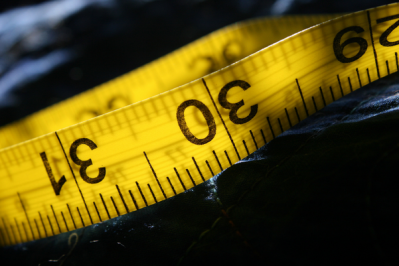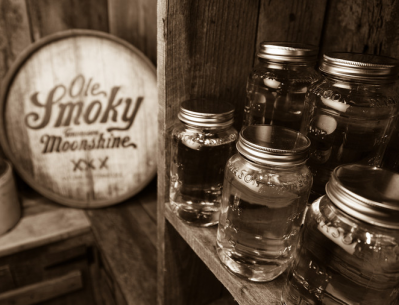Scientists ‘fingerprint’ firewater to bust US whiskey fraud

University of California, Davis, researchers have developed so-called ‘chemical fingerprints’ for 60 US whiskeys and say signatures reflect grains, barrels, aging and other factors involved in distilling.
Thomas Collins, director of US Davis Food Safety and Measurement Facility, presented the findings on September 9 at the national meeting of the American Chemical Society in Indianapolis.
Higher quality, faster production
He claimed that chemical profiling could also help quality assurance and process improvements – speeding-up production for all whiskey makers, from micro distillers to multinationals.
Swifter production could help craft distillers in particular, Collins said, since the need to age drinks for three to four years put pressure on newer companies.
The process could also help discourage and detect fake products, he added, with expensive Scotch whiskies sold around the world particularly vulnerable.
In this project, Collins, his colleague Susan Ebeler and Agilent Technologes scientist Jerry Zeigenbaum evaluated non-volatile compounds that bourbons and other US whiskeys draw from oak casks during aging.
These cause the distinctive mouth feel, flavor and color of a given whiskey.
Revealing chemical analyses
38 straight bourbon whiskeys, 10 rye whiskeys, five Tennessee whiskeys and seven other American whiskeys were chosen for the study, with ages ranging of two to 15 years.
The team’s chemical analyses showed that the bourbons were readily differentiated from some Tennessee whiskeys and blended US whiskeys, but were not well separated from rye whiskeys, which are often made in distilleries that produce bourbon.
Collins said that, in some of the whiskeys analyzed, the distillery’s specific chemical footprint overrode variations caused by the grains.
The researchers found that important compounds for differentiating between whiskeys included oak-related polyphenols, fatty acids and alcohols, and flavonoid glycosides.







